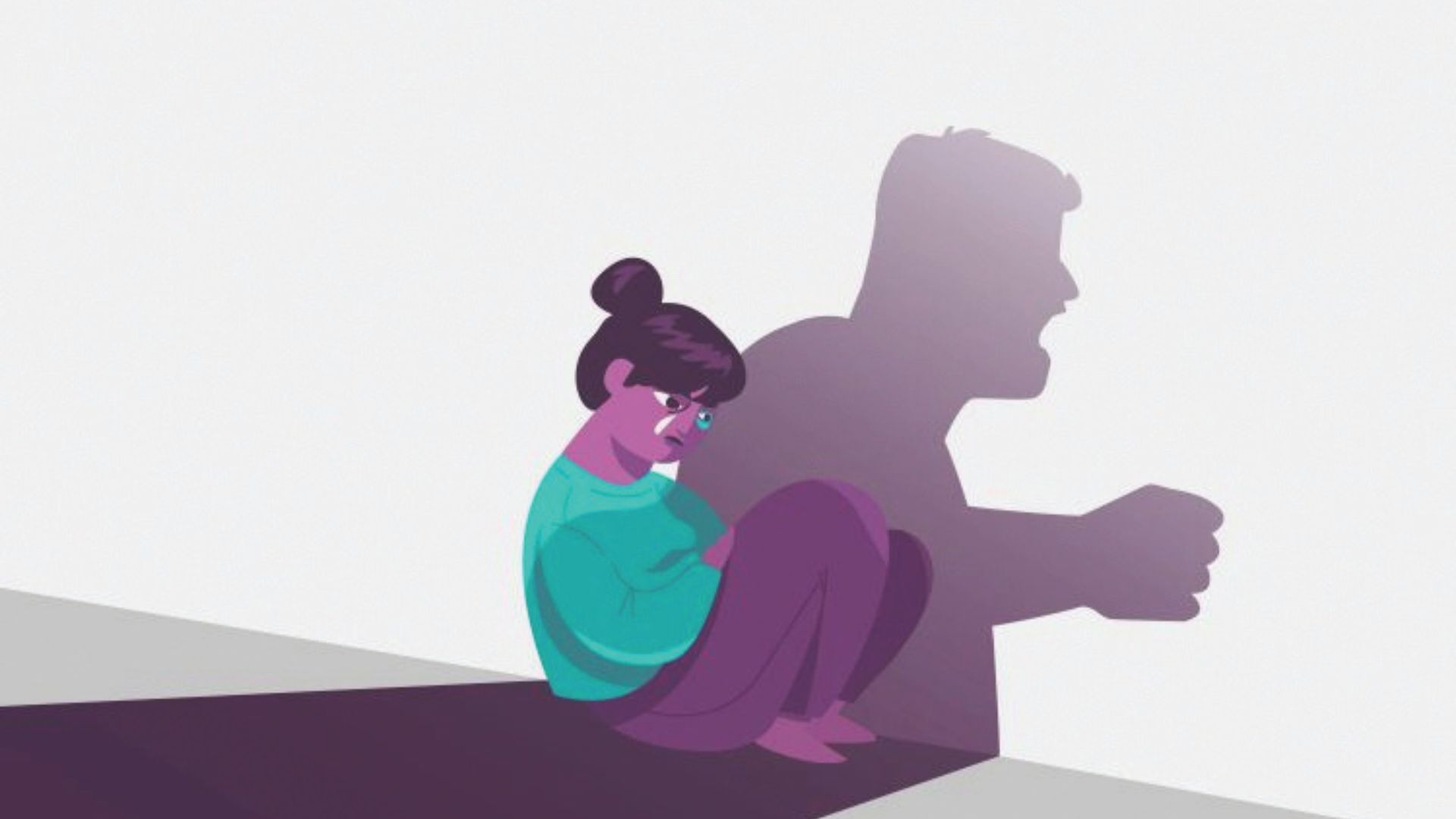
In the last 15 days, two disturbing cases of witchcraft from two different places in Chhattisgarh have been reported. One from Sukma District where five members of a family were lynched by the villagers on the accusations of witchcraft and in a similar incident from Baloda Bazar four members including a toddler were murdered for suspicion of witchcraft. The reason behind all these deaths is that they were suspicious of practicing black magic. It’s very pathetic and disturbing to find out how people step so low to kill a toddler for witchcraft practice.
Women were more prone to be accused of practicing witchcraft based on the splicing of patriarchal structures, religion, and fears within the social setup.
The practice of witchcraft had very long roots from time immorally. Every country in the world has its own story and beliefs related to witchcraft. But for the practice of witchcraft, one thing that is common everywhere is that it is gender specific. Mostly in history as well as it’s a belief of everyone that it is women only who practice witchcraft. If go back to history there we will find Hecate was known as the very first witch. She was an enigmatic and powerful figure in mythology and is often reversed as the quintessential witch of the Greek gods.
Women were more prone to be accused of practicing witchcraft based on the splicing of patriarchal structures, religion, and fears within the social setup. Often, these women were placed in subservient statuses in their societies and held suspicion when they did not fit the traditional gender roles. Religious narratives especially in Christian traditions positioned women within a broader context of portending to lose their place in line with occasions and thus made easy prey for folks facing social upheavals or catastrophes. These accusations were mostly used as a tool of control, especially against independent, unmarried, or older women without social protection. In addition, women holding knowledge in healing or folk medicine were sometimes feared because their power threatened the male structures in both medicine and religion. Superstition having allied itself with misogyny played a crucial role in singling up women since they accused them of various misfortunes of sickness, famines, or death, they served as scapegoats during uncertain periods. This pattern of continued targeting relating to women as witches still prevails in certain areas and are ongoing due to the same inherent fears and hatreds, source.
Usually, superstitions encourage accusations of witchcraft because they are well-entrenched in alleged fears and cultures about supernatural activities. In most societies, unexplained mishaps, diseases, or deaths are explained by witchcraft, especially when the occurrence cannot be explained scientifically or rationally. People, often women, are held accountable for such occurrences, with damaging effects attributed to the supposed magical practices of the accused.
These superstitions are based on local traditions, religious ideas, and myths, culture, and associate certain behaviors or characteristics with witchcraft. Take a person who is reclusive, eccentric, or “different” somehow; when crop failures are experienced or disease is rampant, such a person is likely to be suspect. In the rural regions, people tend to hold onto such superstitions because they explain how such tragedies happen. Second, some traditional practices are bound to be misunderstood or even feared, such as folk healing, midwifery, or herbalism. These things will be equated with witchcraft. Such superstitious attitudes toward these practices feed distrust and will lead to savage consequences, which will be outlined in most cases-perhaps both old and new.
These two cases from Chhattisgarh also have the same reasons behind it. According to official reports, the reason behind the Sukma witchcraft case was that, over the past few months, a child or a man had been dying nearly every week in the village, and the cause of these deaths remained unclear. The villagers blamed the victims’ families for these recurring deaths, suspecting them of using witchcraft. They told the police that they believed the family had targeted individuals who had become economically prosperous in the community. In the Baloda Bazar case, the police reported that the accused believed the victim’s family had cast a black magic spell on one of their relatives, who had been unwell for some time. This suspicion led to the tragic outcome, as the accused thought the family’s use of witchcraft was responsible for the illness. These current two cases a proof of the above assumptions which say that witchcraft is associated with unexplained mishaps, diseases, or deaths. In any incidents when people fail to get the answer scientifically, they try to resort to putting the blame upon someone for witchcraft.
Although numerous studies have shown that witchcraft is deeply rooted in superstitious beliefs, people often resort to these beliefs when they fail to find scientific explanations for their problems. These superstitions, unfortunately, lead to tragic consequences, claiming the lives of innocent people, including children. Historical examples, such as the Salem witch trials, illustrate this pattern. Women, being among the most vulnerable in society, are frequently targeted, making them easy scapegoats. However, it raises the question: why do superstitious beliefs persist primarily among economically disadvantaged communities? Despite the implementation of laws to curb such practices, these measures have largely failed because we have not adequately educated these communities in scientific reasoning and critical thinking.
It’s not just people from low economic backgrounds who hold superstitious beliefs. In fact, many families across different social classes engage in practices such as wearing a black thread around the neck or ankle to ward off the evil eye or placing lemons and chilies at their doors to protect their homes and shops from negative energies. These practices are often accepted because they don’t harm others. However, any belief that causes harm to others is inherently wrong. When superstitions lead to actions that result in taking someone else’s life, they become dangerous and unacceptable.
All religions teach us that only God holds supreme power, and no one else has the authority to alter another person’s fate. What is destined to happen will happen, and blaming others for it is misguided. This basic understanding needs to be embraced, and it is our responsibility to educate others on this perspective.
Witchcraft accusations are a social issue that must be addressed through ongoing awareness campaigns and scientific education. While lawmakers can create laws to punish perpetrators, truly eradicating these harmful practices requires efforts to start at the grassroots level. Every village head should take responsibility for educating their community about the misconceptions associated with witchcraft. As leaders, they have direct authority over the village and are attuned to the daily occurrences within the community.
If at any point a village head feels the need for support from the police or other authorities, or becomes aware of any suspicious activities, they should collaborate with government officials. This proactive approach can help control and reduce such harmful practices. Timely intervention can save many innocent lives that have been killed, murdered, or tortured.
Additionally, district legal aid services and law schools should conduct regular awareness camps in villages, with support from the village panchayat, to help create an evil-free society. It is also the social and moral duty of the sarpanch or village head to report to local authorities about their village’s happenings at regular intervals, especially regarding anything unusual.
Dr. Pyali Chatterjee, HOD, Faculty of Law, ICFAI University, Raipur, Chhattisgarh, India















